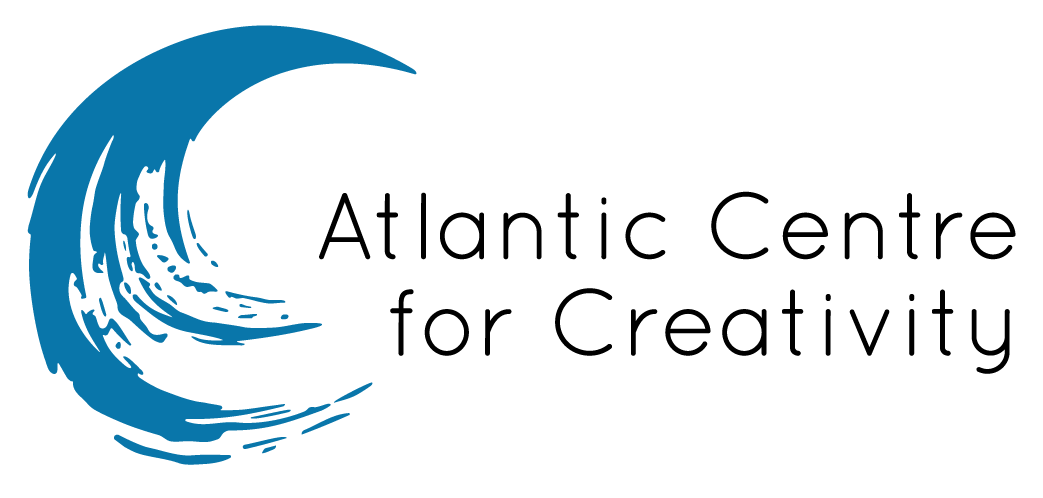FROM LINE TO LABYRINTH: As a 5-day Workshop
Professor Emeritus Mary Stewart mstewart3@fsu.edu
DESCRIPTION:
Using labyrinths as a recurrent theme, this intensive 5-day workshop will provide a lively overview of two-dimensional design, three-dimensional design, and time-based design.
Monday: compositional development using markers and watermedia.
Tuesday: introduction to visual narrative and visual books.
Wednesday: Tunnel books, envelopes, and slotted structures
Thursday and Friday will be devoted to a collaborative installation.
lab-y-rinth: 1: a structure full of intricate passageways that make it difficult to find the way from the interior to the entrance or from the entrance to the center (for example, the labyrinth constructed by Daedalus in which the Minotaur was confined )2: a maze in a park or garden formed by paths separated by high, thick hedges 3: something bewilderingly tortuous in structure: a complex that baffles exploration 4: a situation from which it is difficult to extricate oneself 5: the internal ear, or its bony or membranous part 5: a body structure made up of a maze of cavities and channels 6: intricate, sometimes symbolic pattern, spec. such a pattern inlaid in the pavement of a medieval church.
MONDAY: COMPOSITION
MORNING: LINE DYNAMICS
Problem: Develop 4-8 dynamic, non-objective designs, using line, shape and texture.
Objectives:
To expand visual and verbal vocabulary
To fully engage the edge of compositions
To begin working with illusion of space
To experiment with forms of balance.
Studio Provides: 3 waterbased black markers, 10 sheets of 18" x 24" drawing paper
Strategy: Pay special attention to the edge of the composition. When a line or shape intersects this edge, the composition generally appears to expand beyond the page and into the viewer’s world.
Overlap, variations in size, location, and degrees of definition can be used to increase the illusion of space. The illusion of space gives more room for movement, increasing the overall energy in the design. Experiment with both symmetrical and asymmetrical balance. Symmetrical balance is often used when stability is needed, while asymmetrical balance is generally more dynamic.
AFTERNOON: THE PAINTED BOOK OR LABYRINTH PROTOTYPE
Problem: Create a dynamic 16-page book from one 22x30” sheet of Arches Cover OR create a labyrinth prototype from two of the marker drawings completed in the morning.
Objectives:
To connect 2D, 3D, 4D
To demonstrate relationships between macrocosmos and microcosmos
To create a product which teachers can use directly in their classes
Supplies per person: three sheets of cream or buff Arches cover, 22x30,” waterbased media, such as brush and ink or acrylics scissors, HB or 2B mechanical pencil.
Studio Provides: Three 36” metal rulers and 6 small C-clamps, brown kraft paper
Strategy: Explore mark making on brown paper, then move to Arches cover, making expressive marks front and back of each sheet. Tear apart, sew, to create 16-page book measuring 11x7.5 inches.
Handout: Idea Generation Strategies for Visual Books
TUESDAY: VISUAL NARRATIVE
Problem: Use photocopy collage to explore a variety of narrative and associate structures.
Objectives:
To explore various multiple image relationships, (graphic, spatial, conceptual and rhythmic)
To experiment with temporal variations, such as in duration, scope, and chronology
To encourage risk-taking. This workshop is based on divergent thinking: a willingness to suspend expectations and immerse oneself in exploration.
Studio will provide: copies of 15-20 source images.
Supplies per person: 12 sheets 6x18" black construction paper, scotch tape, exacto, scissors, white prismacolor pencil, your own photocopies of an old man or woman; a mysterious setting (abandoned factory, forest, etc); a child; a magical object (such as a book, musical instrument, flower, galaxy, etc.)
Handout: Drama Basics
WEDNESDAY: INTO THE THIRD DIMENSION
MORNING: TUNNEL BOOKS
Problem: Working with two xerographic images, create a 5x7” four-plane tunnel book.
More advanced students can expand size and number of planes used in the book.
Objectives:
To expand our definition of both “book” and “labyrinth”
To explore work in the third dimension
To consider how setting affects meaning
Studio will provide: copies of basic source images.
Supplies per person: Bristol paper or poster board (stiff enough to stand up), glue stick, scotch tape, exacto knife, scissors, your own photocopy of an old man or woman; and at least FOUR photocopies of a mysterious setting.
Handout: Bruce Mau Manifesto for Growth
AFTERNOON: SLOT MACHINES
Problem: Working with 4-8 xerographic images, create a 5x7” six-plane slotted book, using the house of cards structure or the pop-up structure.
More advanced students can expand size and number of planes used in the book.
Objectives:
To further expand our definition of both “book” and “labyrinth”
To further explore work in the third dimension
To consider how structure affects meaning
Supplies per person: Bristol paper or poster board (stiff enough to stand up), glue stick, scotch tape, exacto knife, scissors, your own photocopy of an old man or woman; and at least FOUR photocopies each of four mysterious settings.
GRAND FINALE: COLLABORATIVE MURAL
Problem: Working in teams of three or four, create a collaborative mural based on the Line Dynamics drawings you produced on Monday. Cut, tear, re-draw as necessary. Each team will create a 6’ to 9’ section, which we will then connect together.
Objectives:
To experience of shifts in scale, from small books to large murals
To explore the collaborative work process
To play!
Handout: Collaborative Creativity
Studio will provide: Rolls of black paper on which collages will be built.
Supplies per person: scotch tape, scissors, additional colored paper it you wish.
Launching the Imagination chapters 1, 3 and 6 connect strongly to these exercises.

